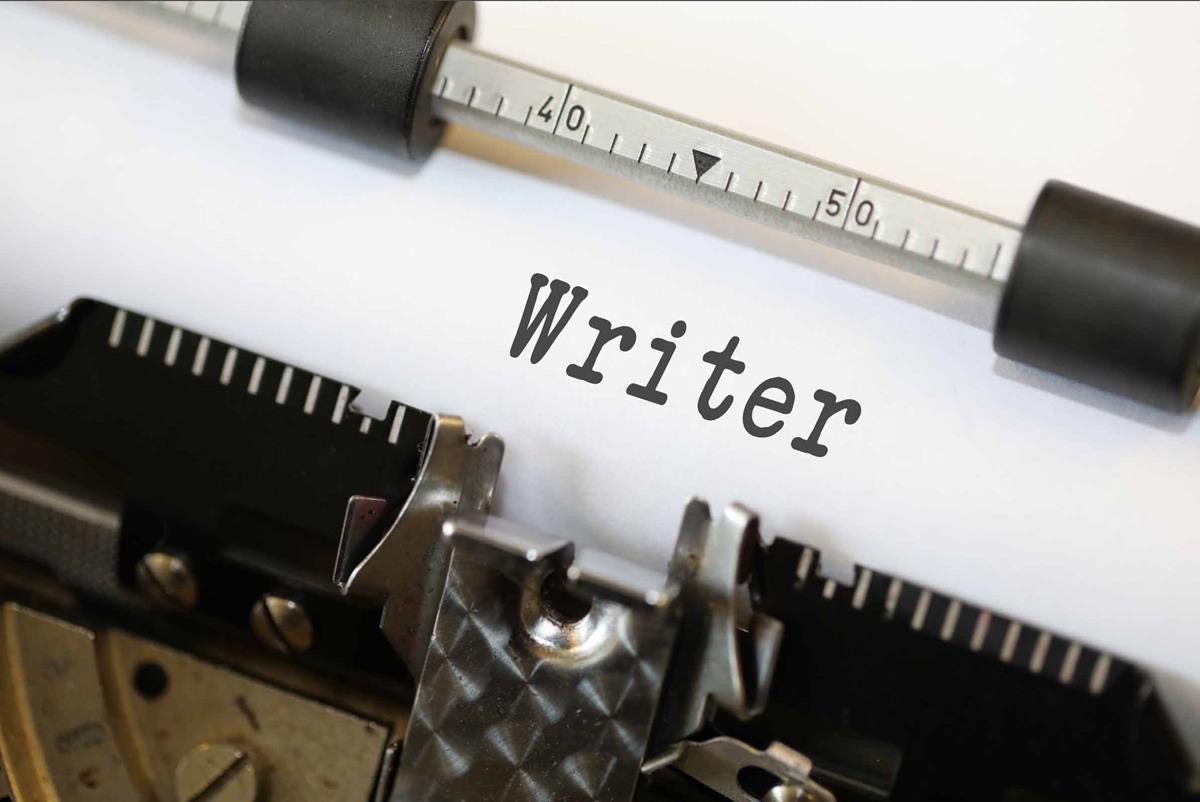
Author Julie Gilbert Discusses the Writing of Her New Book ‘Giant Love’
Julie Gilbert Today, we delve into the enduring relevance of the themes explored by Pulitzer Prize -winning author Edna Ferber
Since OpenAI launched its ChatGPT chatbot in November 2022, it has been used by people to help them write everything from poems, to work emails, to research papers. Yet, while ChatGPT may masquerade as a human, the inaccuracy of its writing can introduce errors that could be devastating if used for serious tasks like academic writing. A team of researchers from the University of Kansas has developed a tool to weed out AI-generated academic writing from the stuff penned by people, with over 99 percent accuracy. This work was published on 7 June in the journal Cell Reports Physical Science . Heather Desaire , a professor of chemistry at the University of Kansas and lead author of the new paper, says that while she’s been “really impressed” with many of ChatGPT’s results, the limits of its accuracy are what led her to develop a new identification tool. “AI text generators like ChatGPT are not accurate all the time, and I don’t think it’s going to be very easy to make them produce only accurate information,” she says. “In science—where we are building on the communal knowledge of the planet—I wonder what the impact will be if AI text generation is heavily leveraged in this domain,” Desaire says. “Once inaccurate information is in an AI training set, it will be even harder to distinguish fact from fiction.” “After a while, [the ChatGPT-generated papers] had a really monotonous feel to them.” —Heather Desaire, University of Kansas In order to convincingly mimic human-generated writing, chatbots like ChatGPT are trained on reams of real text examples. While the results are often convincing at first glance, existing machine-learning tools can reliably identify telltale signs of AI intervention, such as using less emotional language. However, existing tools like the widely used deep-learning detector RoBERTa have limited application in academic writing, the researchers write, because academic writing is already more likely to omit emotional language. In previous studies of AI-generated academic abstracts, RoBERTa had a roughly 80 percent accuracy. To bridge this gap, Desaire and her colleagues developed a machine-learning tool that required limited training data. […]
Click here to view original page at 2D Solar Cells Poised to Set Power-Per-Weight Record
© 2023, wcadmin. All rights reserved, Writers Critique, LLC Unless otherwise noted, all posts remain copyright of their respective authors.

Julie Gilbert Today, we delve into the enduring relevance of the themes explored by Pulitzer Prize -winning author Edna Ferber

The Mallorcan Joana Marcús is a young bestseller in Spain and America, writer of young adult novels with a romantic


